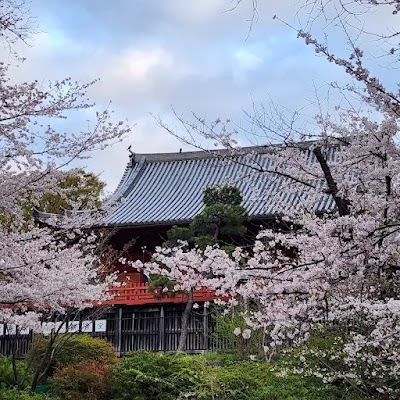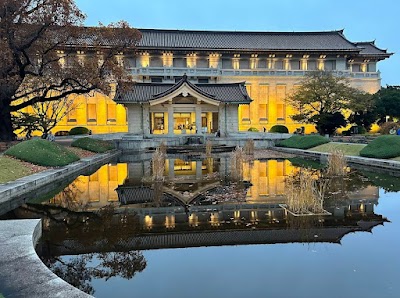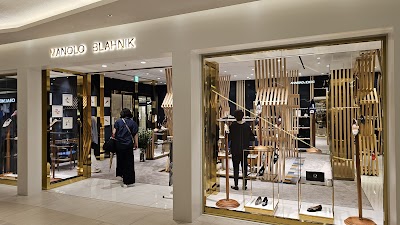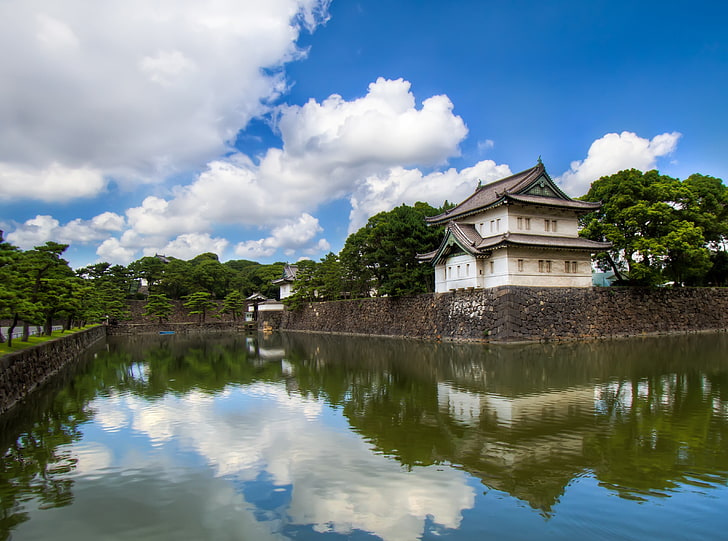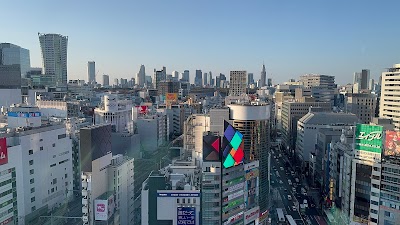Ueno Park (上野公園)
Overview
Ueno Park, or Ueno Kōen, stands as one of Tokyo's most beloved public spaces, teeming with history, culture, and natural beauty. Nestled in the Taitō district, the park spans over 133 acres and attracts millions of visitors annually, offering a diverse range of attractions that showcase both the historical and modern facets of Japan.
A Rich Historical Background
The origins of Ueno Park trace back to the Edo Period when the Tokugawa shogunate held sway over Japan. In 1625, shogun Tokugawa Ieyasu commissioned the construction of Kaneiji Temple, which later became an integral part of Ueno Park. Although the temple complex endured significant damage during the Boshin War in the late 19th century, the Meiji government transformed the area into Japan's first public park in 1873. Since then, Ueno Park has become a symbol of cultural and historical significance.
Sakura Season: A Stunning Spectacle
One of the most enchanting times to visit Ueno Park is during spring when thousands of cherry blossom trees burst into bloom. The park transforms into a picturesque wonderland, drawing both locals and tourists for hanami, or cherry blossom viewing. The main pathways, adorned with cherry trees, become lively hotspots where picnickers spread their mats to savor the fleeting beauty of the sakura flowers.
World-Class Museums and Galleries
Ueno Park is home to several renowned museums and galleries. The Tokyo National Museum, established in 1872, is the oldest and largest museum in the country, housing an extensive collection of art and artifacts that provide visitors with a comprehensive overview of Japan's rich cultural history. Nearby, the National Museum of Nature and Science offers intriguing insights into Japan's natural history and the universe, featuring interactive exhibits that captivate both young and adult audiences.
Art lovers will appreciate the Tokyo Metropolitan Art Museum, which showcases a diverse array of exhibitions, from classical masterpieces to contemporary art. The Shitamachi Tanabata Museum is another unique destination within the park, dedicated to the local history and culture of the Shitamachi area, a historic Tokyo neighborhood known for its traditional crafts and festivals.
Animal Encounters at Ueno Zoo
Among the park's most significant landmarks is the Ueno Zoo, established in 1882 as Japan's first zoological garden. Spanning 35 acres, the zoo is home to over 3,000 animals from around the globe, including the much-loved giant pandas. Its rich biodiversity makes it a must-visit for families and animal enthusiasts alike.
Serenity at Shinobazu Pond
For those in search of tranquility, the Shinobazu Pond offers a serene escape amidst the park's bustling environment. This lotus-filled pond, divided into three sections—Lotus Pond, Boat Pond, and Cormorant Pond—provides picturesque views, particularly in the summer when the lotus flowers are in full bloom. Visitors can rent swan boats or relax at the pondside, soaking in the area's natural beauty.
Spiritual Significance: Ueno Toshogu Shrine
Adding a spiritual dimension to Ueno Park is the Ueno Toshogu Shrine, dedicated to Tokugawa Ieyasu. Built in 1616, this ornately designed shrine captivates visitors with its vibrant vermilion and gold colors, intricate carvings, and historical significance. Its architectural elegance serves as a splendid representation of Edo-period artistry.
A Symbol of Change: The Saigō Takamori Statue
Also noteworthy is the statue of Saigō Takamori, a prominent 19th-century samurai who played a crucial role in the Meiji Restoration. Located near the park's entrance, this statue serves as a popular meeting point and symbolizes the complex transformation Japan underwent during that era.
Festivals and Events Throughout the Year
In addition to its cultural and historical treasures, Ueno Park hosts a variety of events and festivals throughout the year. From traditional Japanese celebrations to international music concerts, the park's calendar is filled with activities that attract both local and international crowds.
Convenient Access
Easily accessible via the JR Yamanote Line, Metro Ginza Line, and Hibiya Line, Ueno Park is a convenient destination for tourists. Its proximity to Ueno Station, a major transportation hub, ensures that getting there is hassle-free.
In conclusion, Ueno Park offers an unparalleled blend of nature, history, and culture, making it a must-visit destination in Tokyo. Whether you're drawn to cherry blossoms, historical artifacts, or a leisurely stroll through scenic paths, Ueno Park provides a rich and engaging experience for all visitors.


